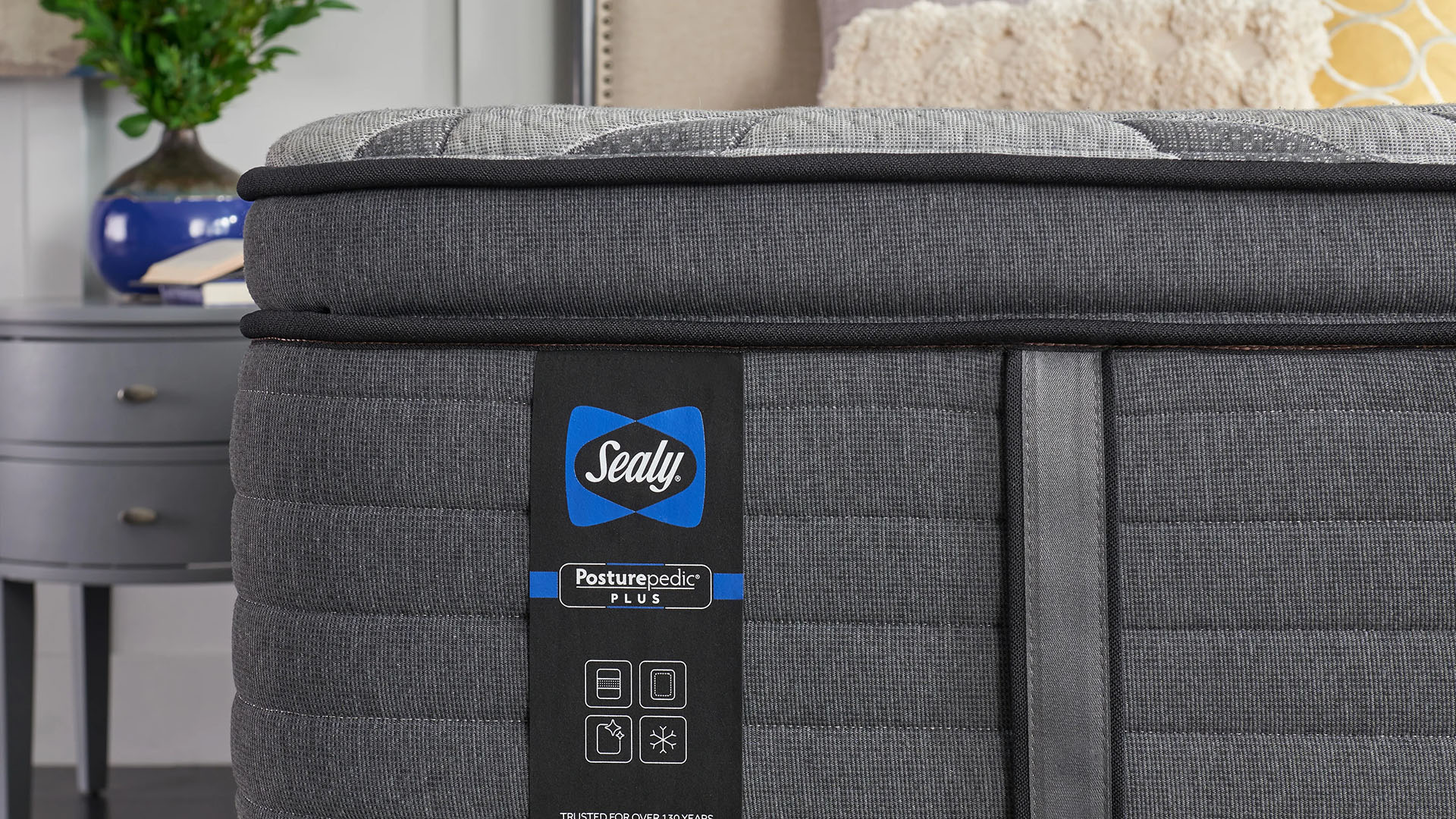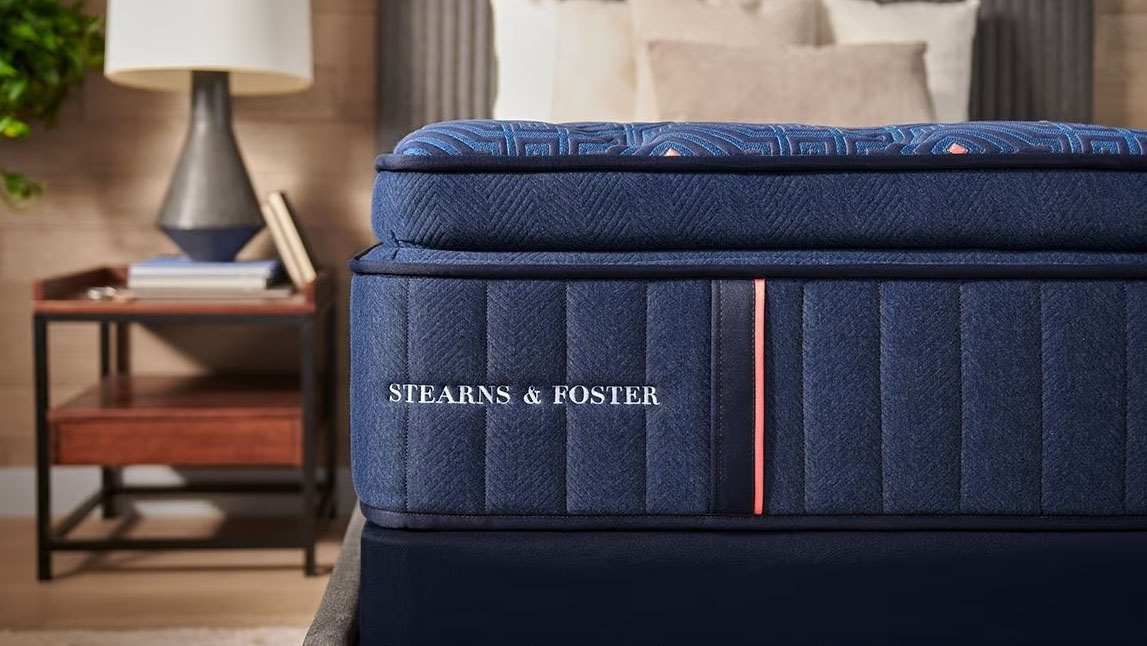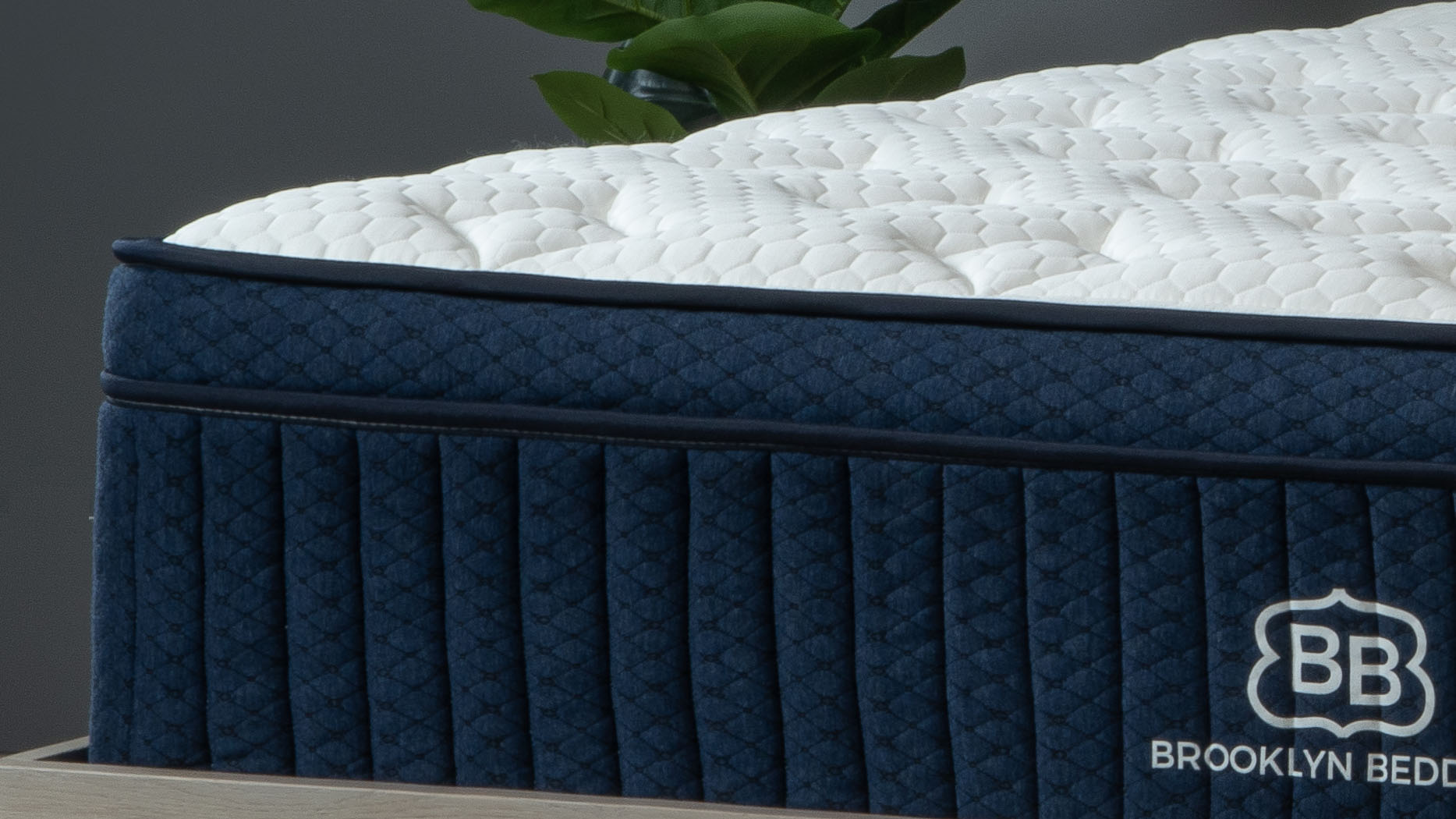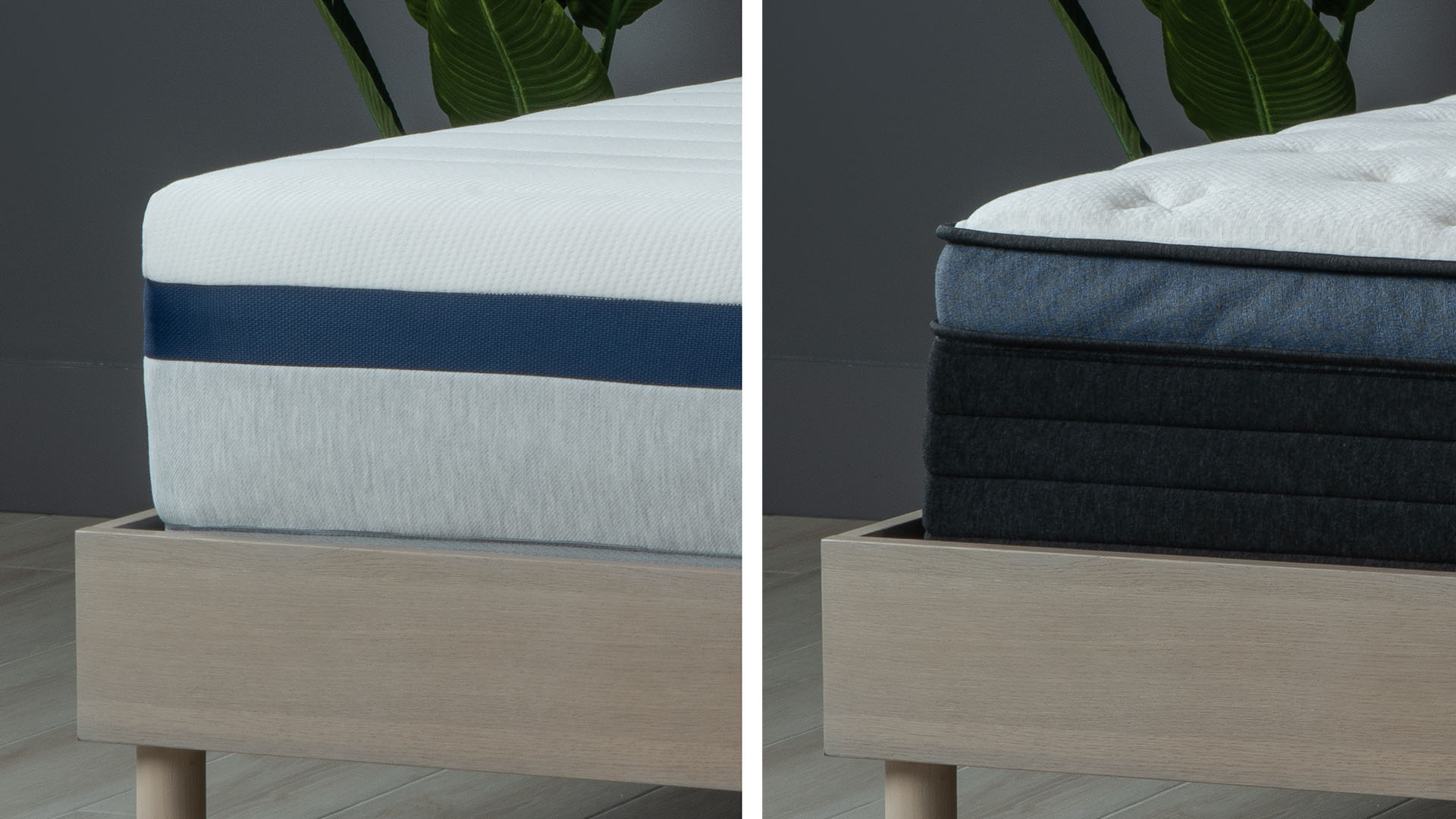I just learned that pillow-tops are all a big con – but I still want one on my mattress
Pillow-tops aren't what they seem, but here's why I'm not too mad about it

A pillow-top is a squishy 'pillow' that sits on top of the main body of your mattress, adding comfortable cushioning and a luxurious feel. A bunch of our best mattress picks have them, and they're particularly popular within the luxury mattress industry, most commonly found on pricier hybrid or innerspring models.
I recently had a chance to look around the factory that manufactures mattresses for a number of the biggest US brands and was faced with an unsettling truth… pillow-tops aren't what they seem.
The pillow-top isn't separate from the rest of the mattress, it's simply the top layer with a little extra fold of fabric added into the side panels to create the illusion of separation. It's purely an aesthetic thing.
Although they can sometimes be stuffed with something like wool, most pillow-tops are made from a less dense version of the foam that appears elsewhere in the mattress, and could just as easily be incorporated into the main body of the mattress without changing the sleep feel. The pillow-top design just makes it look more high-end.

That's true of the traditional style pillow top, like the Stearns & Foster model pictured above, and it's also true of the more squared-off Euro tops, like the Brooklyn Bedding Aurora Luxe pictured below. Euro tops don't even have the little fold in the edge of the mattress – the topper is often differentiated via a different colored band of gusset fabric, or perhaps even just an extra seam and some piping. (In retrospect, this should have tipped me off to the fact it might not be a completely separate entity.)
Why do I still want a pillow-top on my mattress?
Initially, this discovery was quite the shock. My whole reality shifted. I was ready to throw in the towel as a sleep journalist and rethink my professional life choices entirely. After all, if you can't trust marketing copywriters, who can you trust?
But after I'd sat with this distressing news for a few hours, I started to think it wasn't quite such a large-scale cover-up as I'd initially believed. True, I had been imagining a pillow-top as a separate pillow that sits on top of the mattress surface. Essentially a mattress topper (the kind that's stuffed with down or synthetic fibers, rather than the ones that are just a big chunk of uncovered foam). But there's really no need to have this topper wrapped all the way around. You'd be adding extra layers of fabric (top cover of mattress, bottom cover of pillow-top) to no practical benefit.
Sign up to get the BEST of Tom's Guide direct to your inbox.
Get instant access to breaking news, the hottest reviews, great deals and helpful tips.

Which brings me onto my next point. Pillow-tops do feel different to tight-tops. While the brand could stick whatever they wanted in that layer and call it a pillow-top, it's almost always used for a squishy, non-dense stuffing. If you pick a pillow-top mattress, you can expect a soft upper level with a firmer feel underneath. And that's a helpful shorthand to know when buying your new mattress.
Further to that, even though I now know they're not quite what they seem, for some reason pillow-top mattresses still feel like the luxurious option. It might be about the extra height. It might be about how the mattress looks. Or it might be that bit of upper-level squishiness I spoke about in the last paragraph. I think it's a combination of all three. But even if it's more to do with perception than sleep feel, that's still a valid difference.

During my factory visit, I slept on the Helix Dawn Luxe, but also had a chance to test out the pillow-top-free Helix original lineup. The Luxe undoubtedly felt more, well, luxurious. I'd easily be able to tell, even if you covered all the mattresses up with sheets, which version had a pillow-top. And if I was buying myself a new mattress, I'd still opt for a pillow-top option every time.

Ruth is currently Homes Editor on Tom's Guide's sister site TechRadar, where she reviews and writes about everything from air fryers to vacuum cleaners to coffee machines, as well as the latest smart home gadgets. Prior to making the shift to Homes, Ruth was Tom's Guide's Sleep Editor. A certified Sleep Science Coach, she has tested more mattresses than her small flat can handle and will talk at length about them to anyone who shows even a passing interest.
